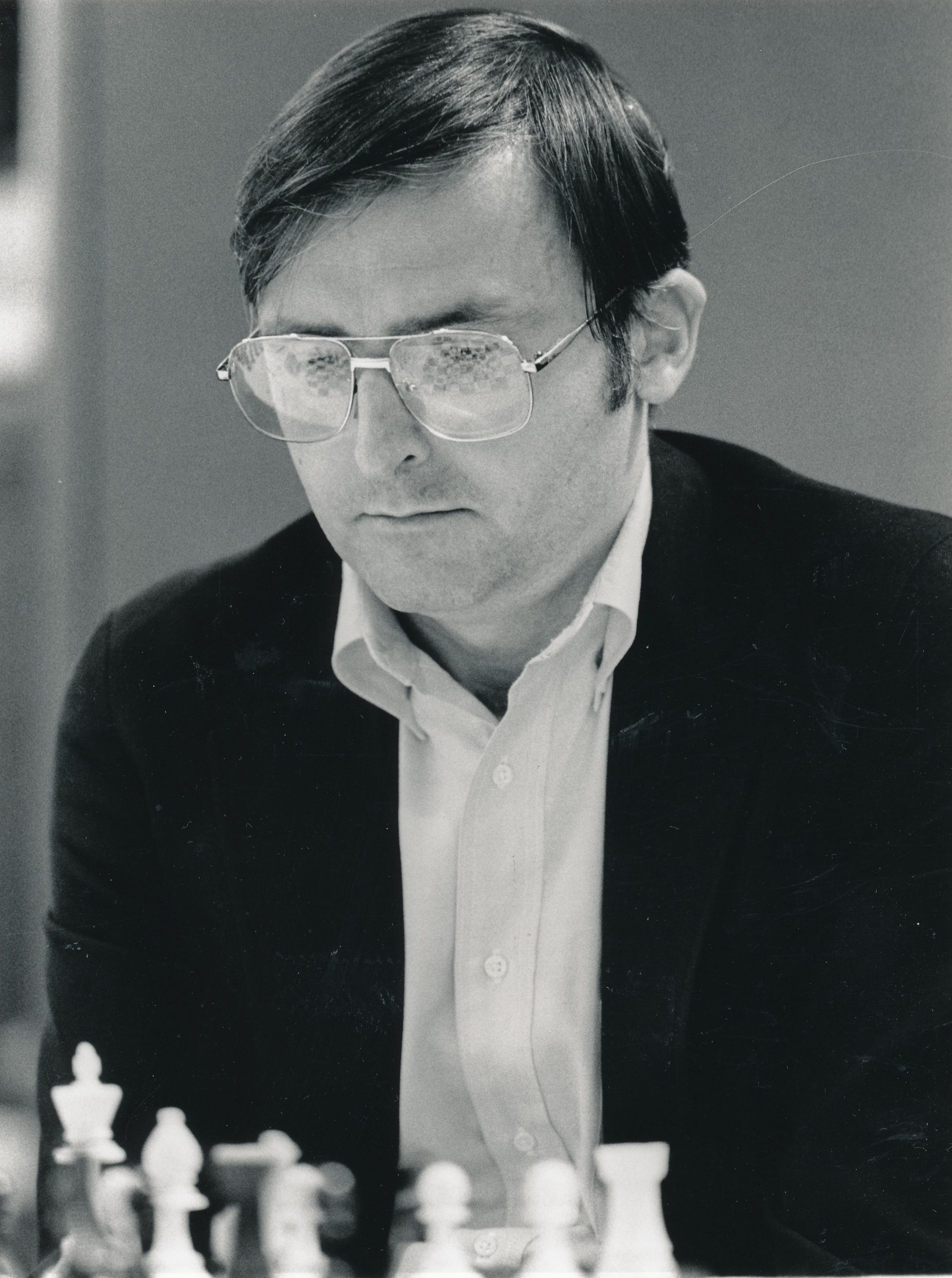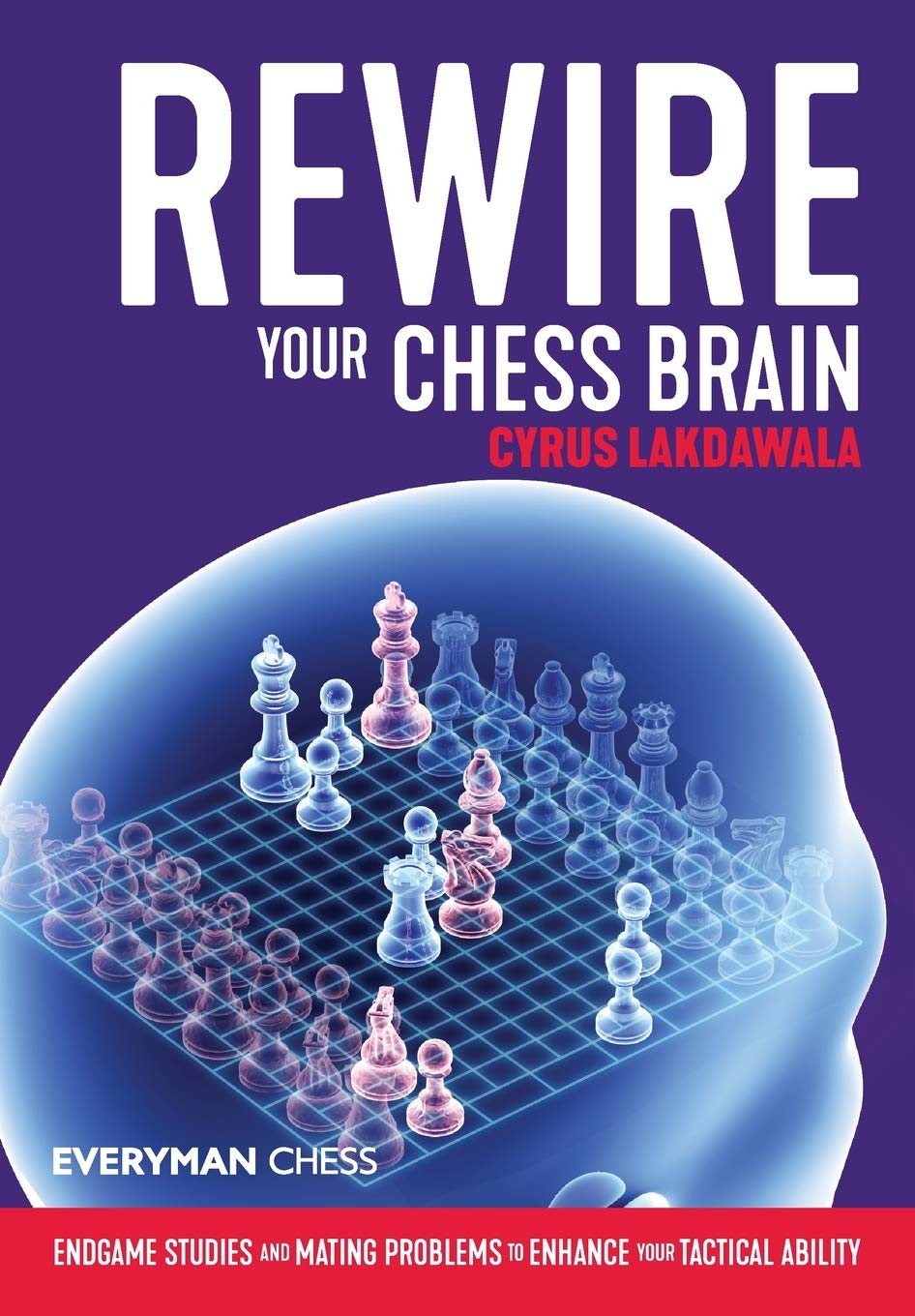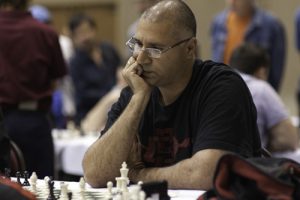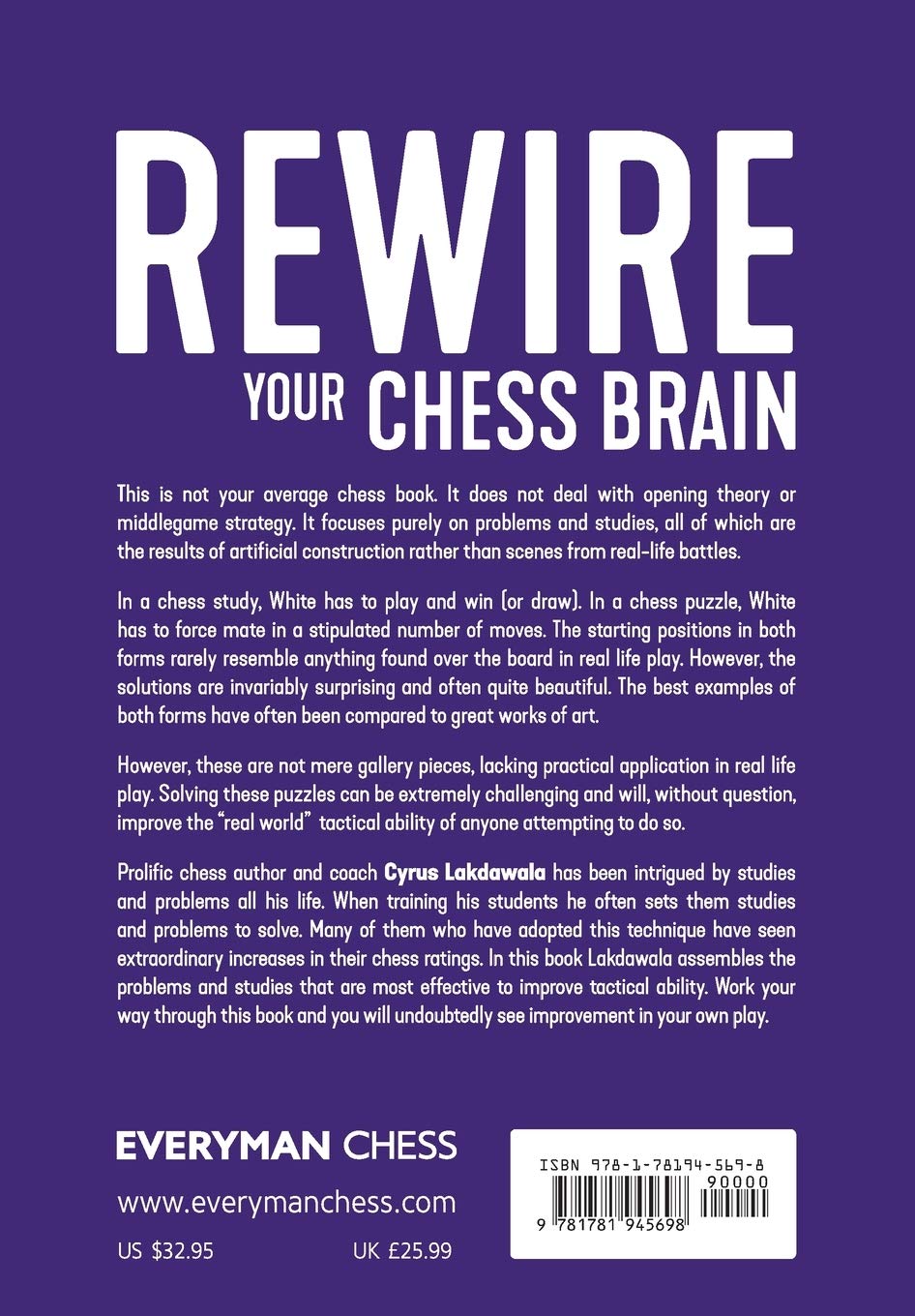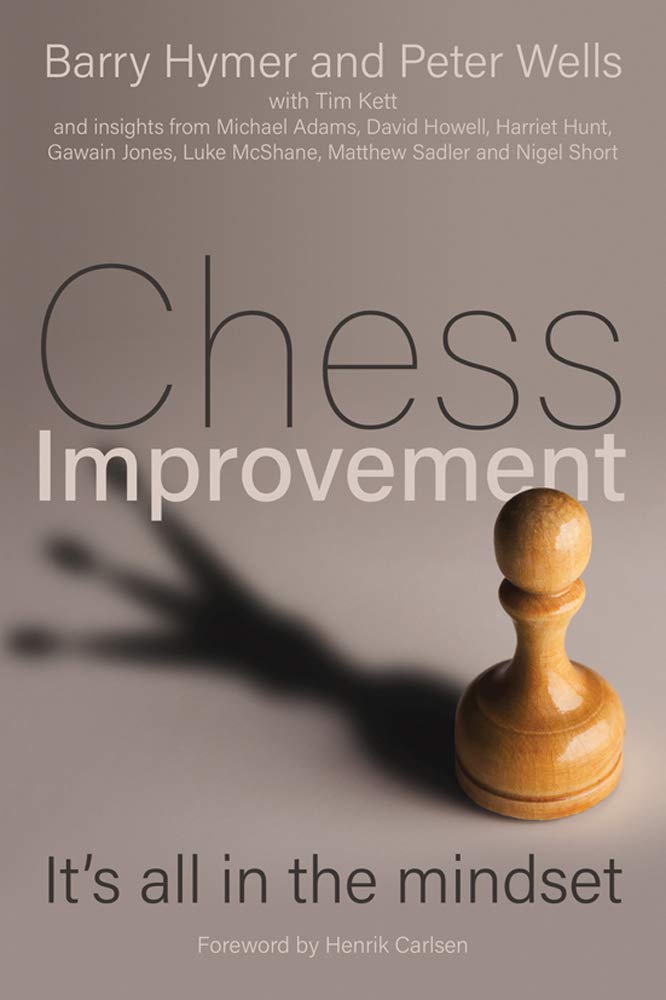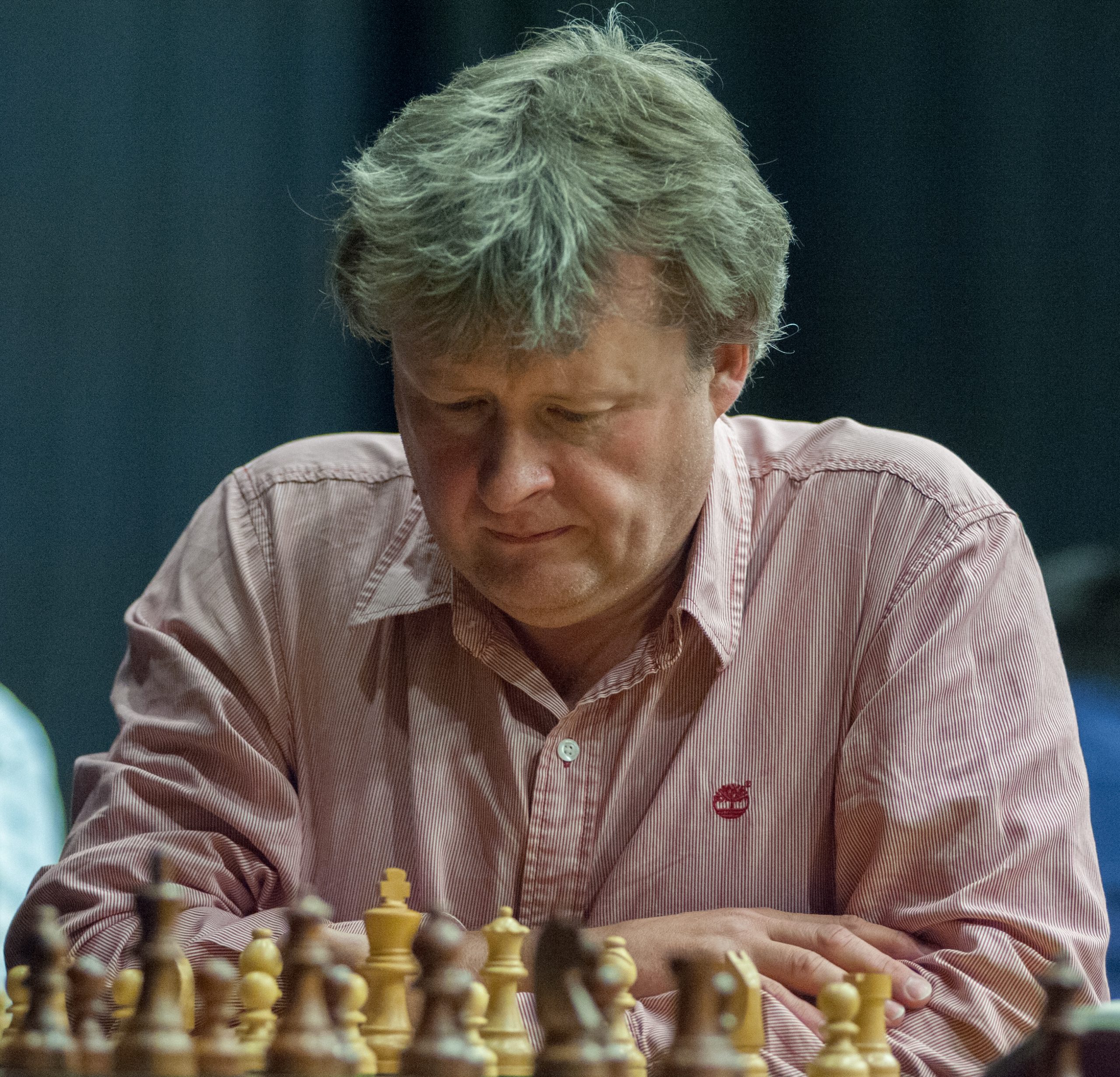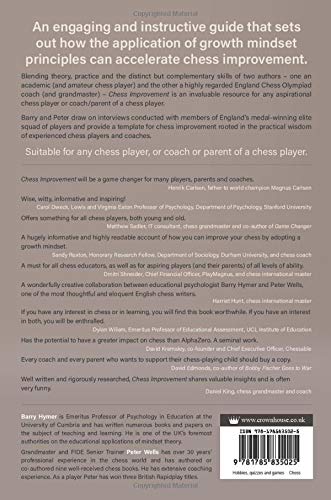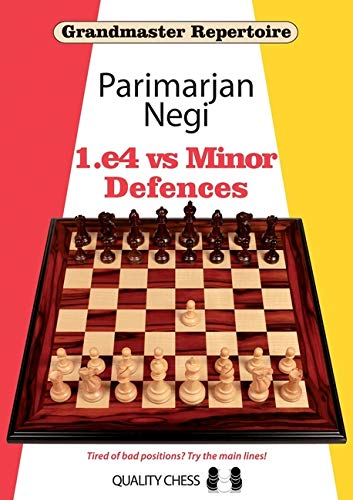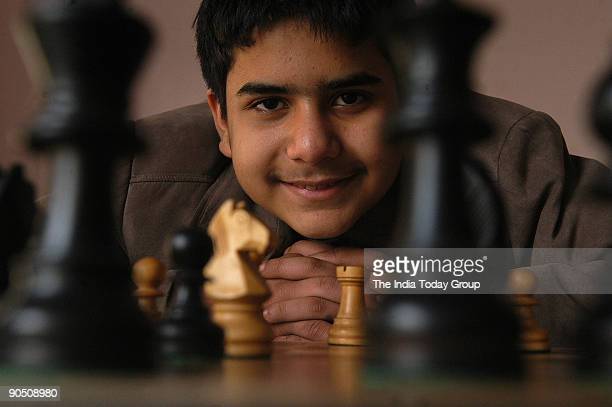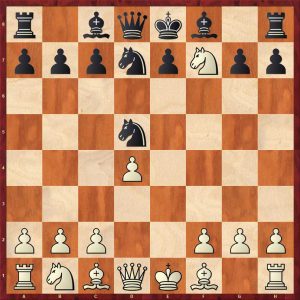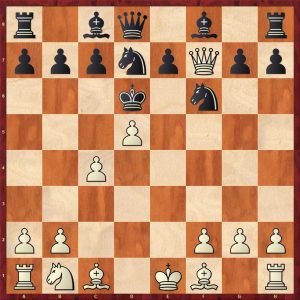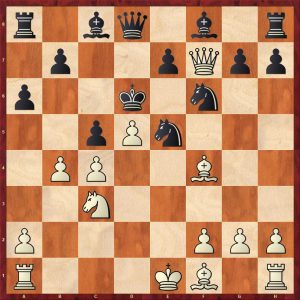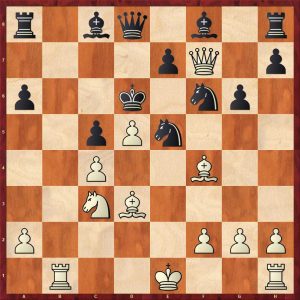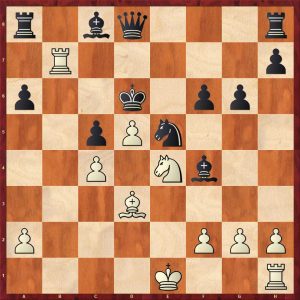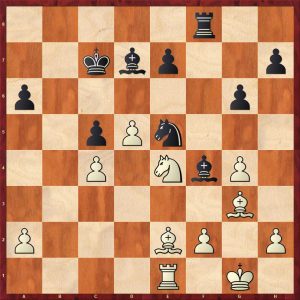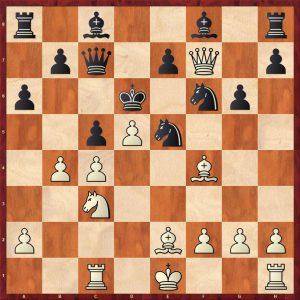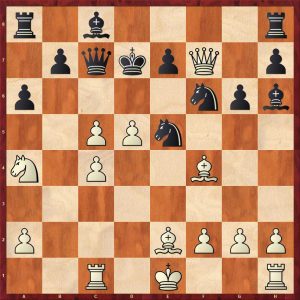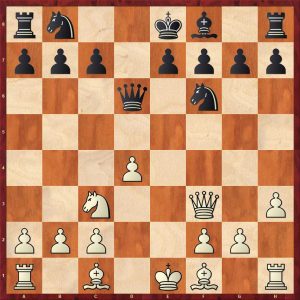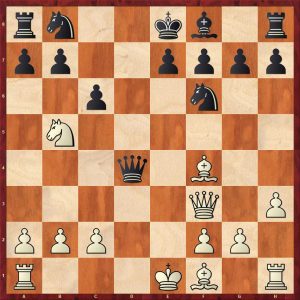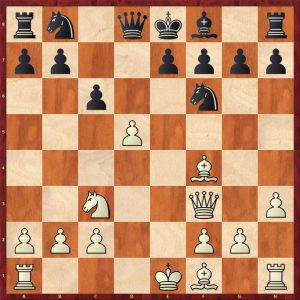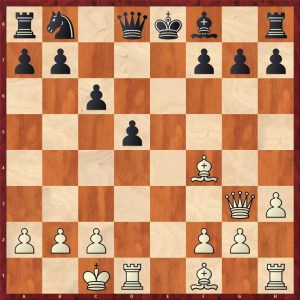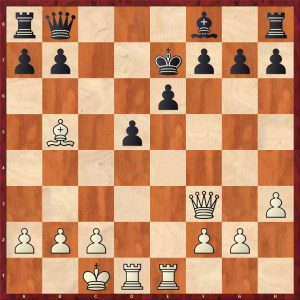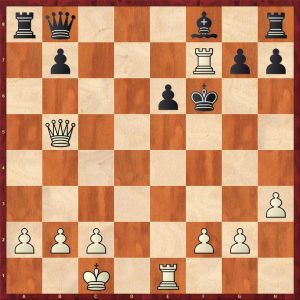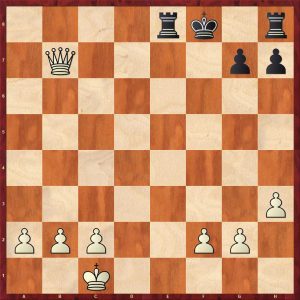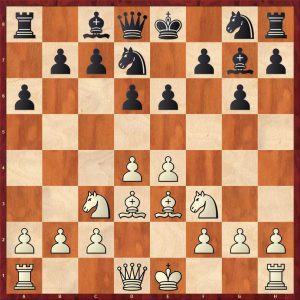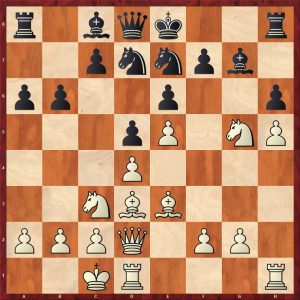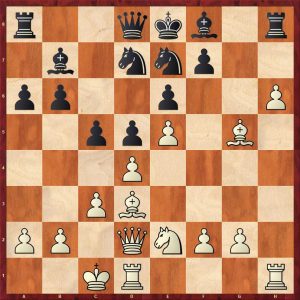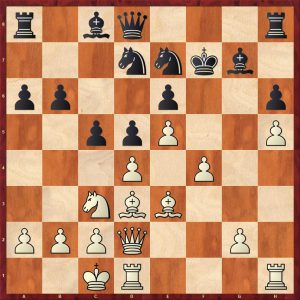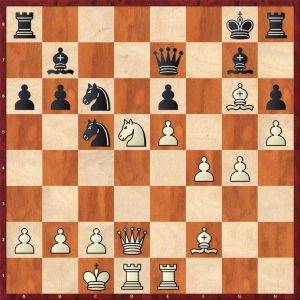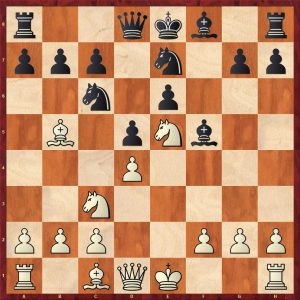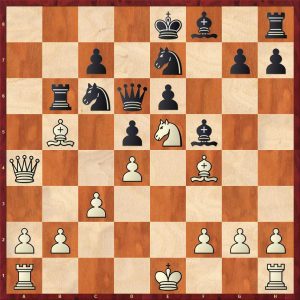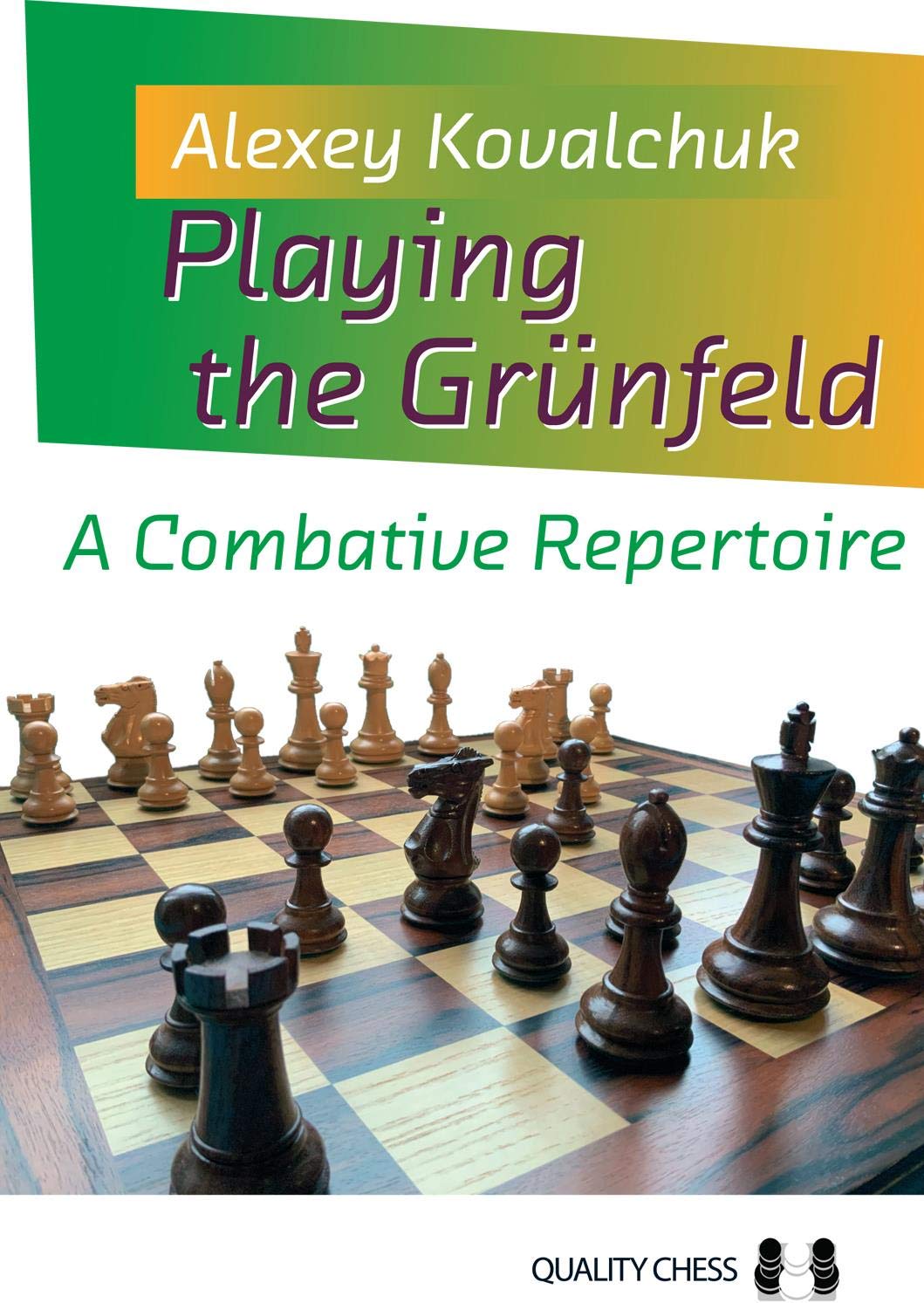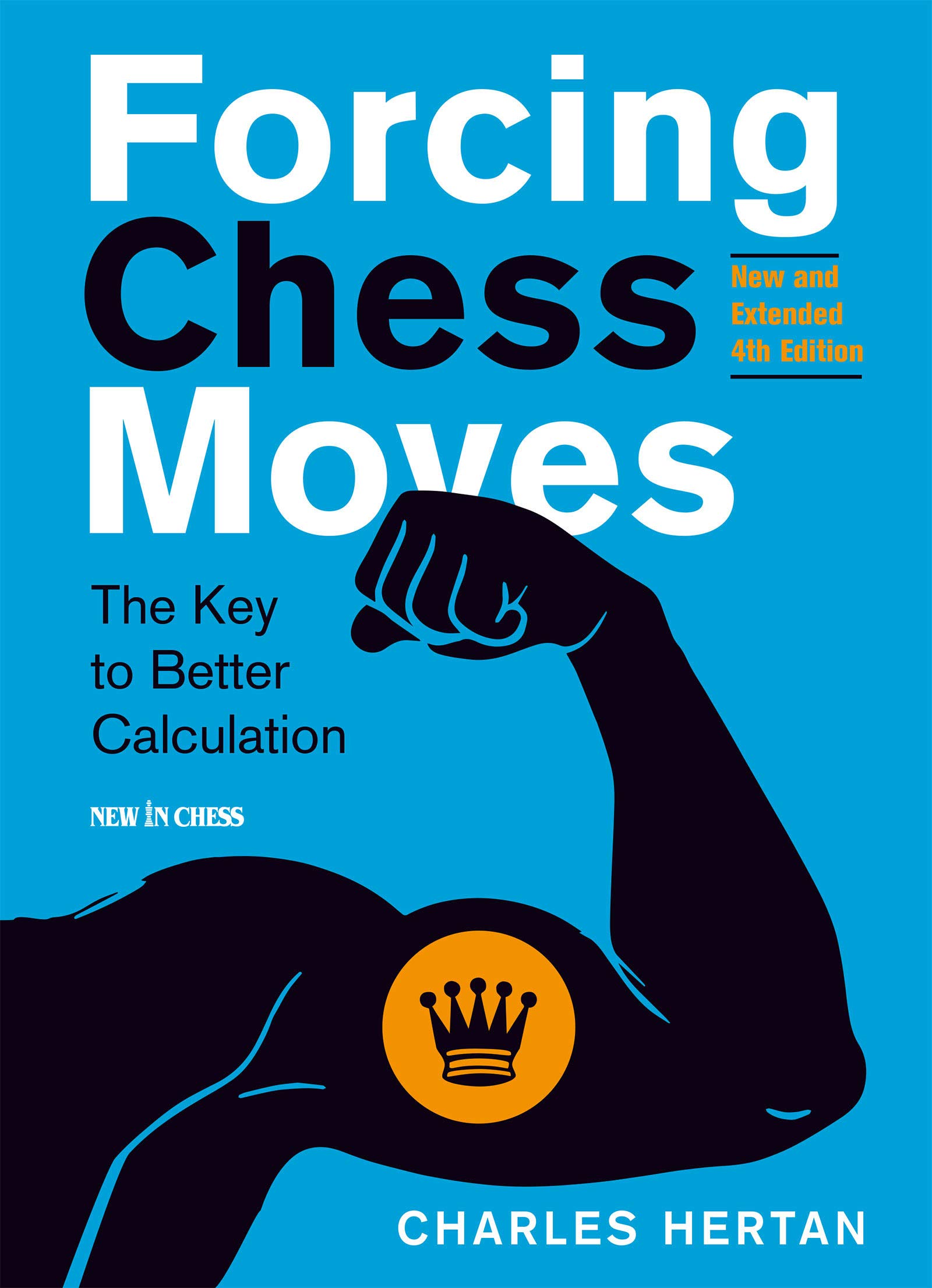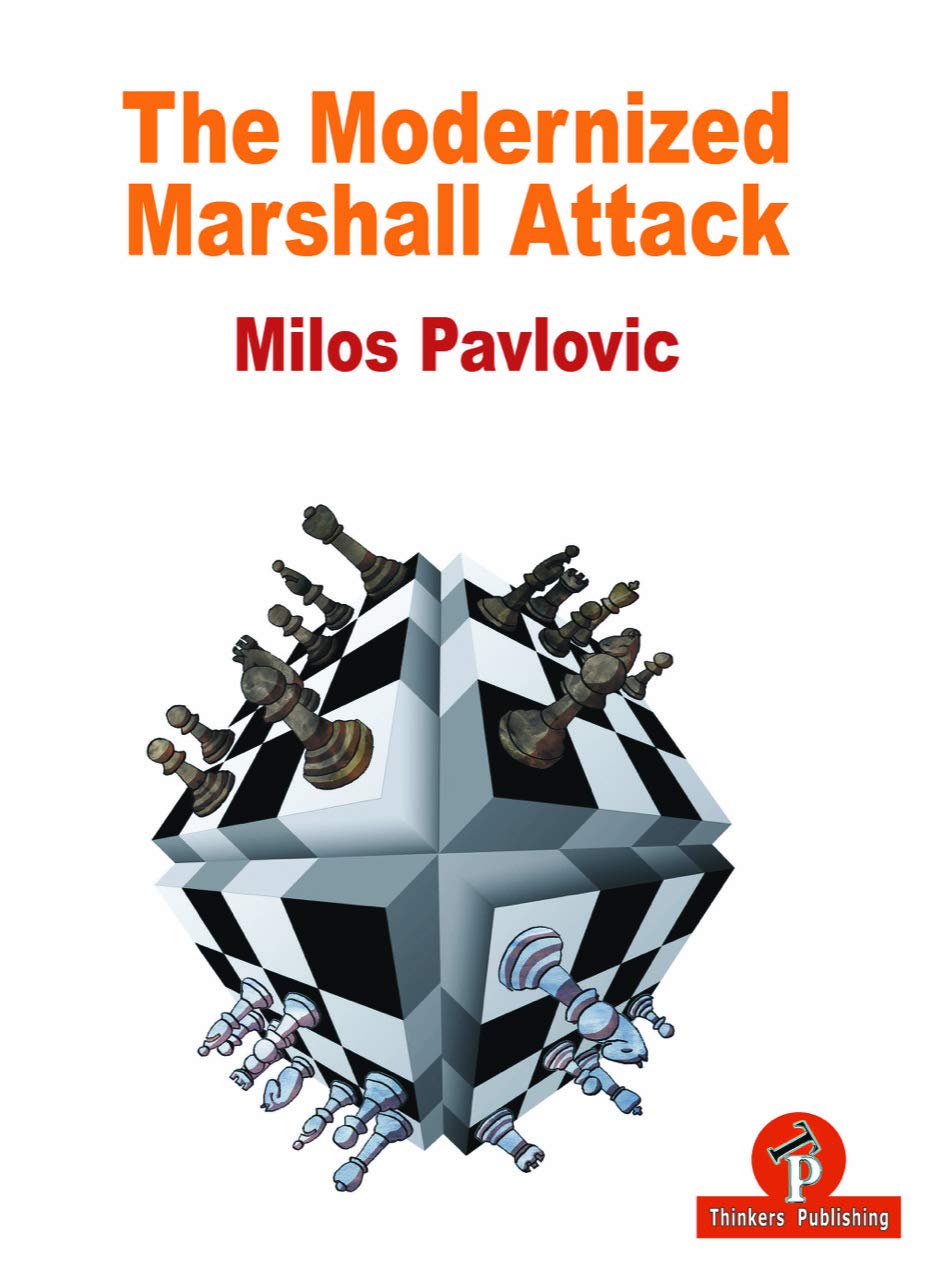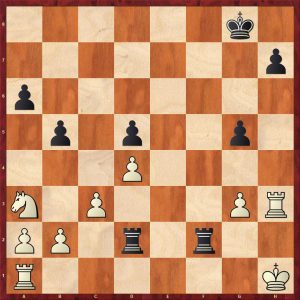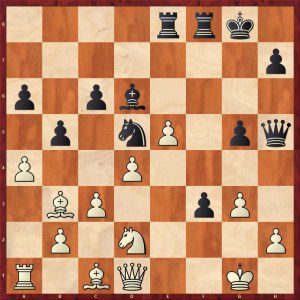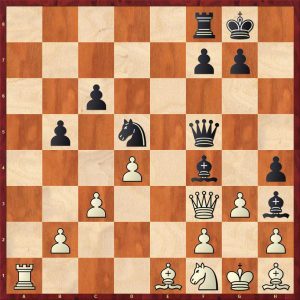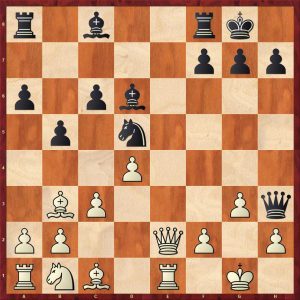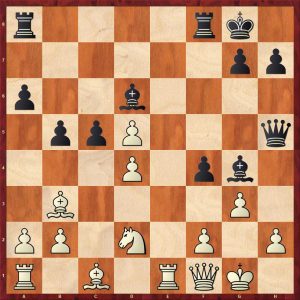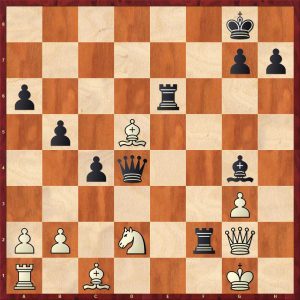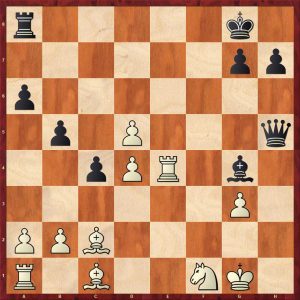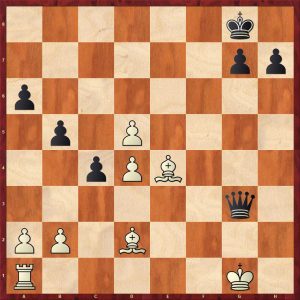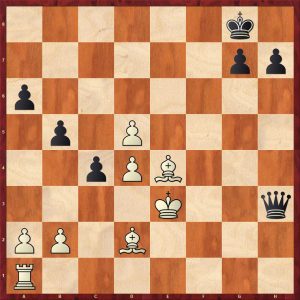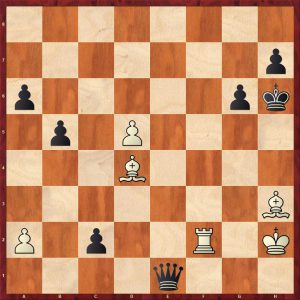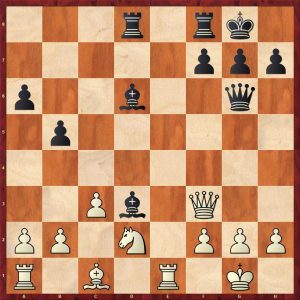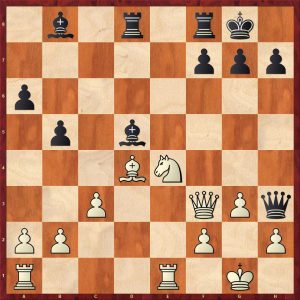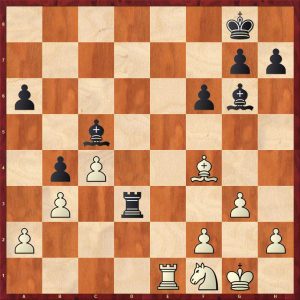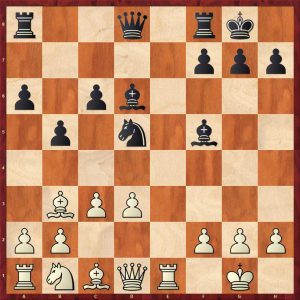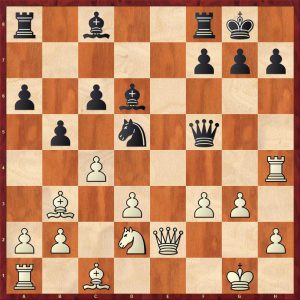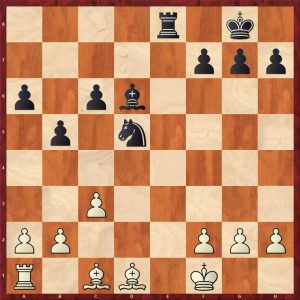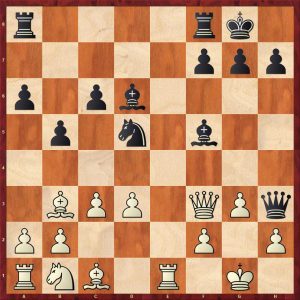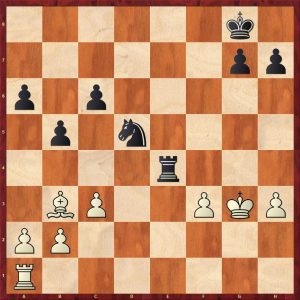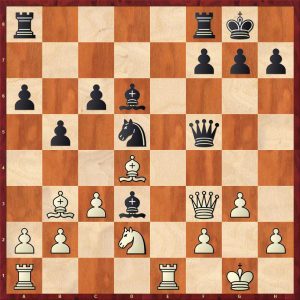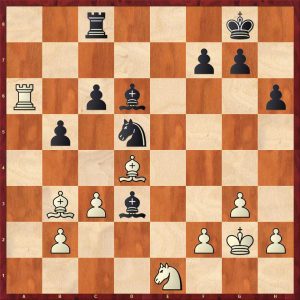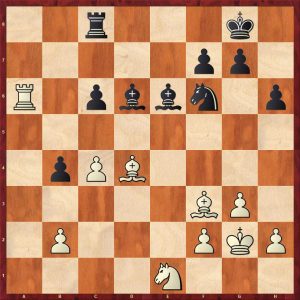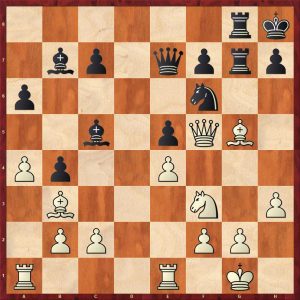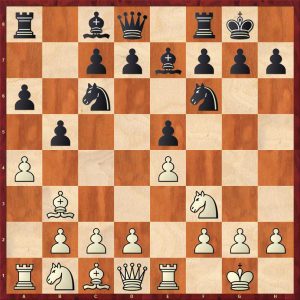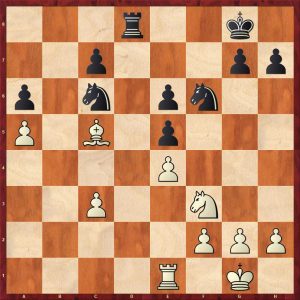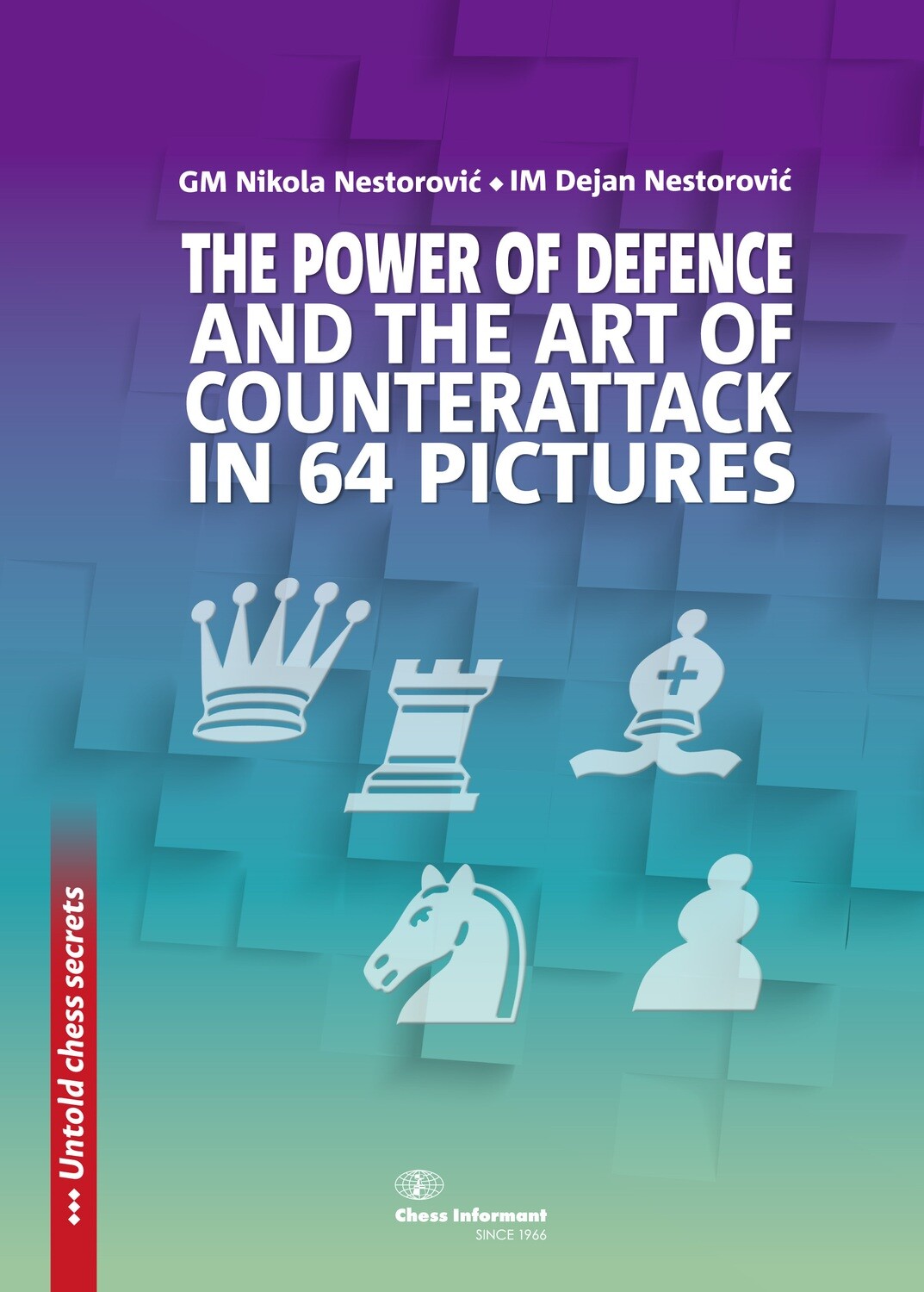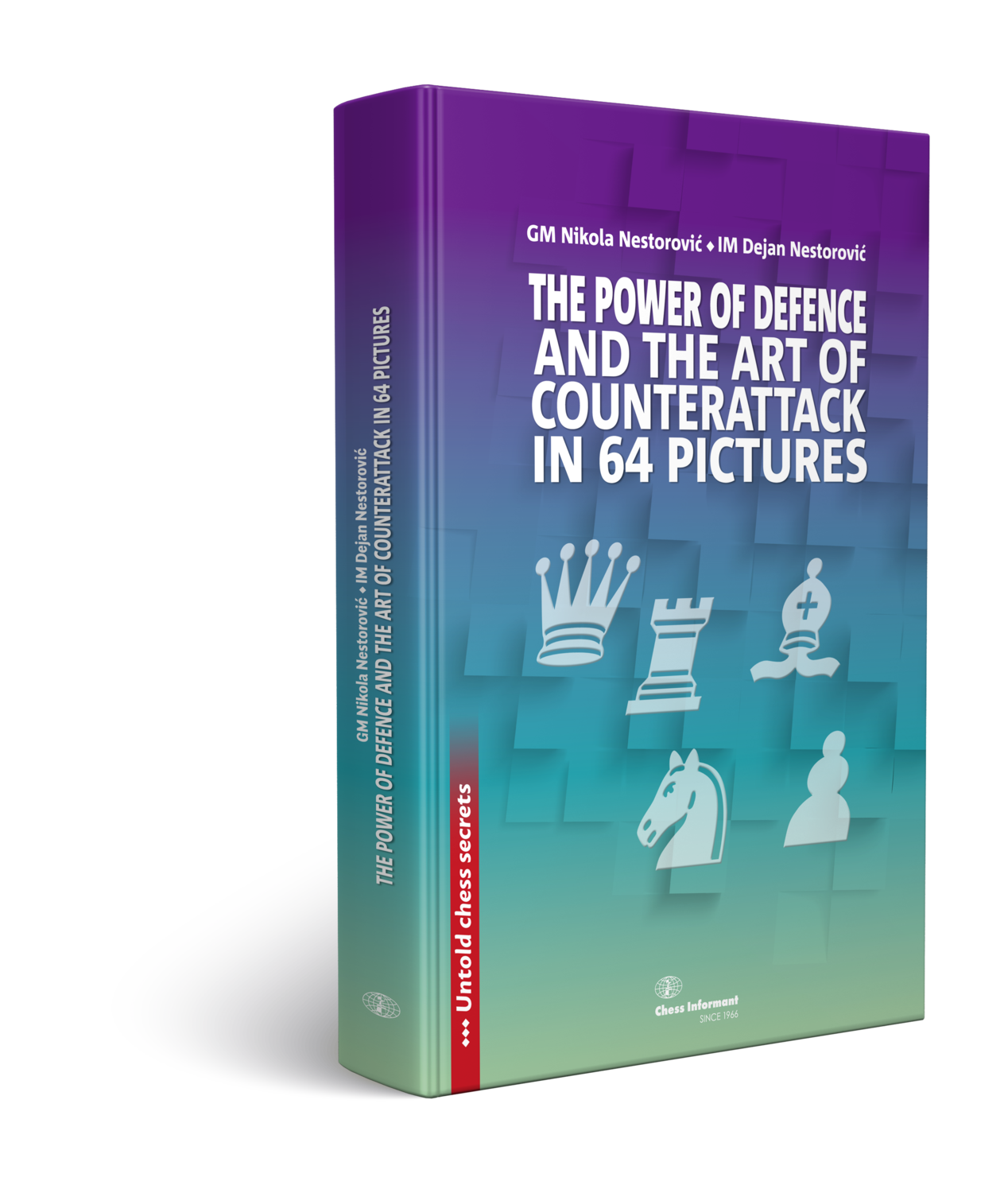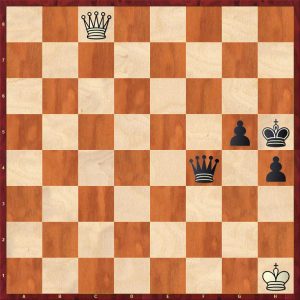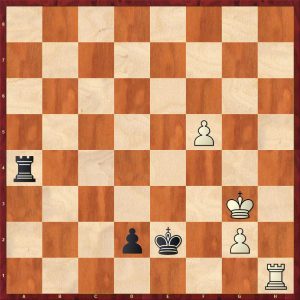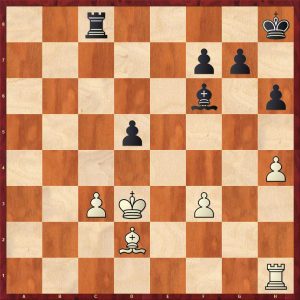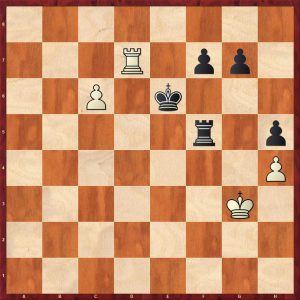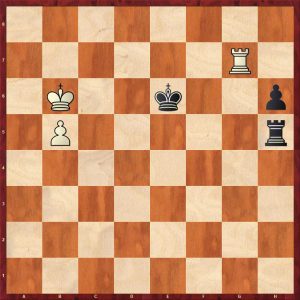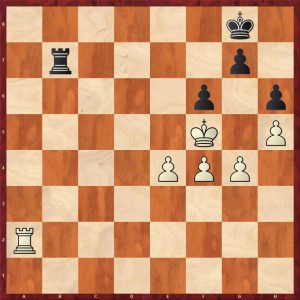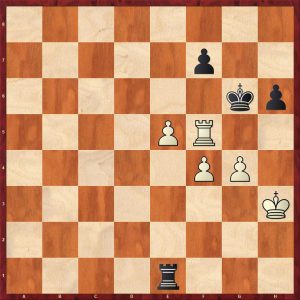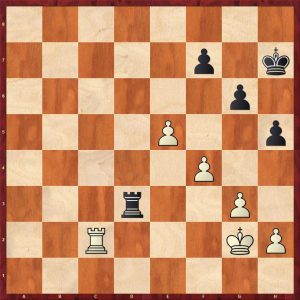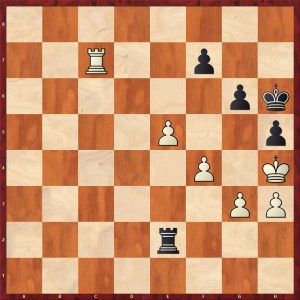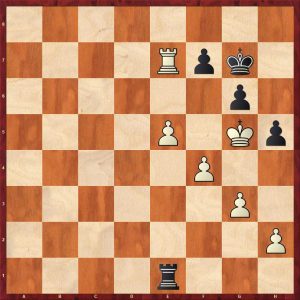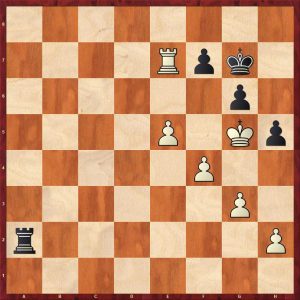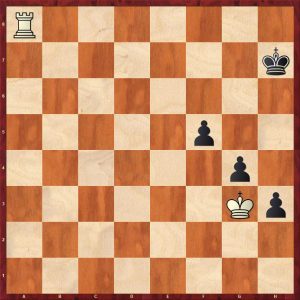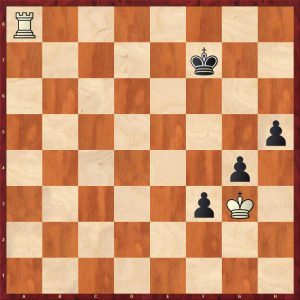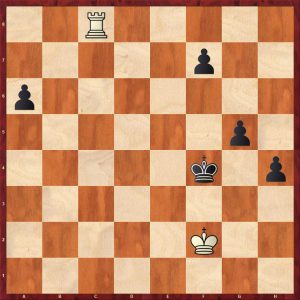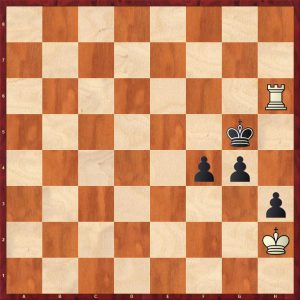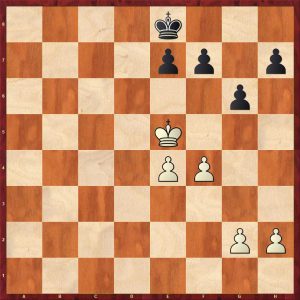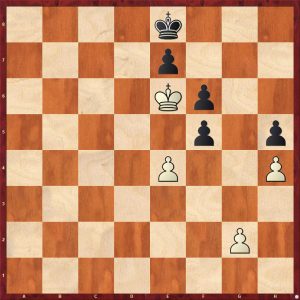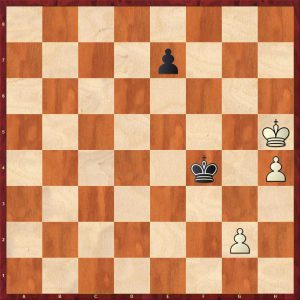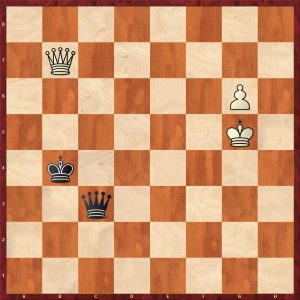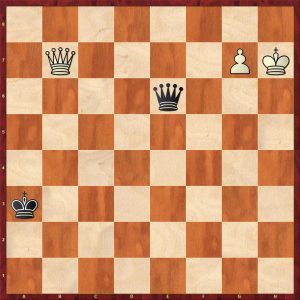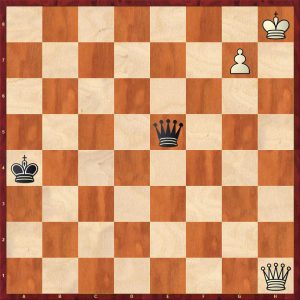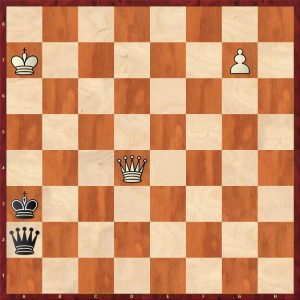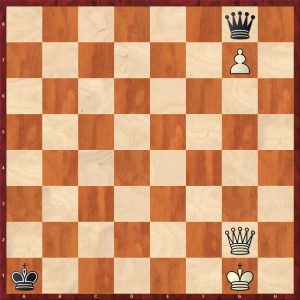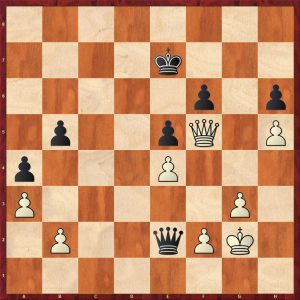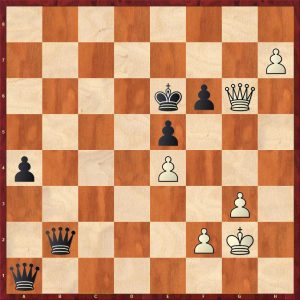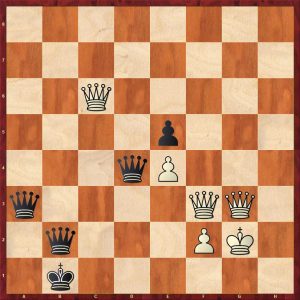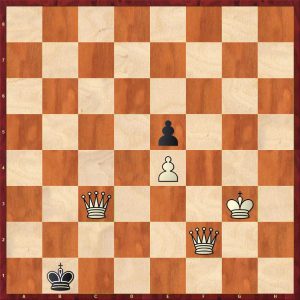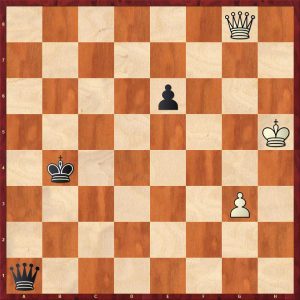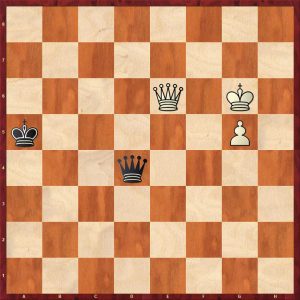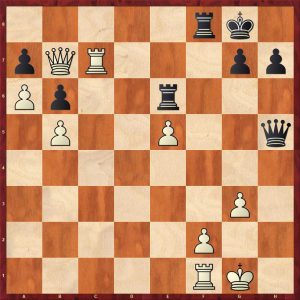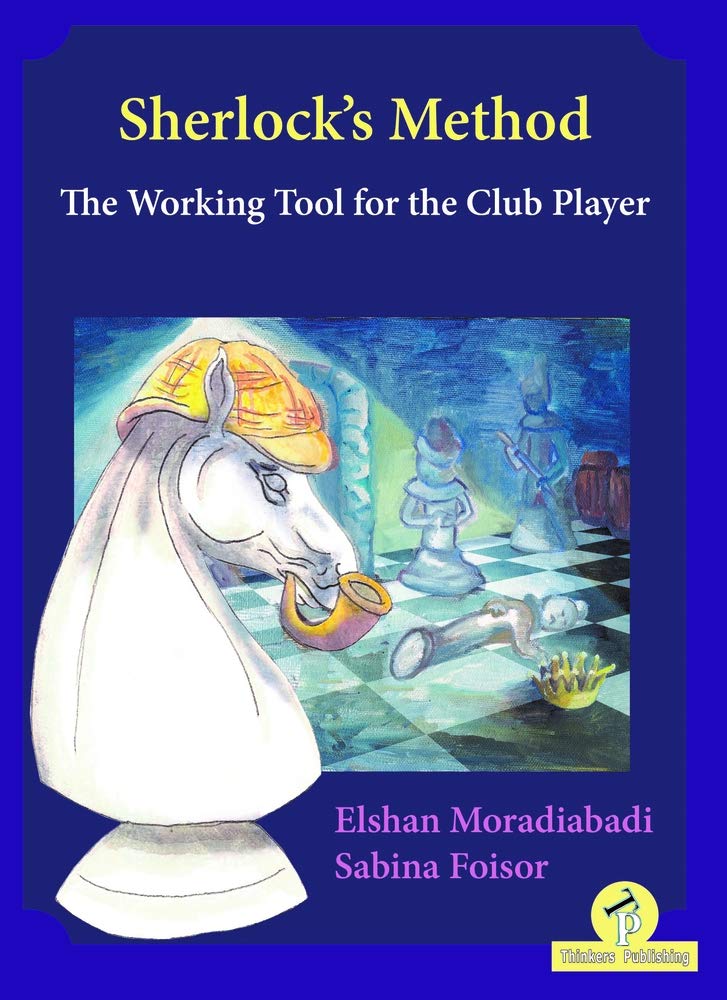
From the book’s rear cover :
“The book before you is a product of what happens when two chess players start a relationship (which started over six years ago) and enter a dialogue about how to get ready for the next tournament. The content of this book is a training program for players who plan to play an over-the-board tournament a few weeks from the time they start training with this book. This book, unlike other similar books in the field of improvement, does not have a central theme. In other words, we are not focused solely on openings, middlegames or endgames. Moreover, the book does not only concentrate on specific themes (calculation, positional decisions, or other strategic aspects), though many of these concepts are addressed throughout the book. Instead, this book offers a holistic view on how to approach every single position in it, regardless of the phase of the game or the nature of the position. We try to teach players how to identify types of decisions in various positions, while pointing at the trade-off between a hardcore calculation and a heuristics judgment.”
“GM Elshan Moradiabadi was born and raised in Tehran, Iran. He learned to play chess at age 7 by watching his dad play against a friend. His passion and will to get better grew fast and in 2001, at the age of 15, he won Iran’s Chess Championship with a 2712 rating performance. He became a GM in 2005 and represented Iran in five Chess Olympiads. He won the Bronze Medal at the Asian Games in 2006 with the Iranian team. Elshan received his B.S. in Chemical Engineering from Sharif University of Technology and moved to the United States in 2012. Since then, he has been active in the US chess scene. In his first years, he pursued two master’s degrees from Texas Tech University (TTU). With the TTU chess team he won the Final Four in 2012 and the Pan Ams in 2015. Elshan has also essayed numerous articles and reports for different chess websites and publications. Elshan coached the US team in the World Team Championship in 2019 in Astana, Kazakhstan.”
“WGM Sabina Foisor was born in 1989 in Romania to a chess family and learned to play chess at age 4. With two International Masters and her mother being one of the strongest female chess players in the country and world, Sabina soon followed in her footsteps. She won multiple National and European titles in her age category (from Girls under 8-20) in different styles of chess (Normal, Blitz, Rapid and Solving Problems). Sabina was awarded the title of WGM in 2007 and a year later, she received a full scholarship to attend college in the United States. She pursued her undergraduate and master’s degrees in Linguistics and Intercultural Communication. She has represented the United States since 2009, being an important part of the US team in five Chess Olympiads and four Women’s World Team Championships. Her biggest achievement was winning the US Women’s Chess Championship in 2017 after unexpectedly losing her mother two months previously.”
I have two theories.
One is that most players would be much better off reading books aimed at a lower level than books aimed at a higher level.
(Here, for example, is a friend of mine, possibly a slightly stronger player than me, discussing Michael Stean’s excellent book Simple Chess, a short pre-computer book aimed at average club players. Just the sort of book that many of today’s coaches would advise you not to read, partly because some of the analysis no longer stands up and partly because it’s over-simplistic.)
My second theory follows on from this: most chess books are really suitable for much higher rated players than the publishers claim. Consider, for example, books marketed as being ‘for kids’ which are essentially books written for adult club players with a few added cartoons.
Here’s what the authors have to say in their introduction:
“This book is composed of three parts, each broken down into two subsections. The parts are as follows: simple positions, endgames, and complex decisions. There are 150 positions in the first part, 120 in the second part, and 42 in the third part. The targeted readers for the book are players rated between 1700 and 2300. The range may seem rather wide, but the variety of concepts addressed makes it possible for the players in the aforementioned range to enjoy and learn from the book’s content.”
They recommend you spend up to 15 minutes per exercise in Parts I and II, and 25 minutes per exercise in part III.
You should write down your thoughts, read the solutions, and, in a week’s time, repeat the process to see how your thinking process has changed.
The USP of this book is that the authors, who are fans of detective fiction, introduce each part with a Sherlock Holmes pastiche, which you might, I suppose, either like or find a trifle annoying. The idea is that, just as Holmes used specific thinking processes to solve crimes, the reader has to use specific thinking processes to solve the exercises.
As a player of about 1900 strength, I should, at least in terms of rating, be part of the target audience for the first two parts of the book. Let’s look at a few examples and find out.
This is Q8. It’s in Chapter 1 so it’s a Simple Position. It’s Black to play his 24th move in Handke – Naiditsch (Bundesliga 2017). Here’s the authors’ analysis of this position.
24… Rxd4!
This would have been the correct continuation.
Instead 24… Bxb4?? was chosen by Black. OK, the ideas are easy, but not too easy! This is an example of considering the opponent’s counterplay before committing to a non-forcing tactical sequence. Black picks up a pawn, but White is not forced to take back immediately, and in fact obtains a winning position with a critical in-between move. After 25. Ng5! g6 26. cxb4 Rxd4 27. Qc3! the queen’s path is paved for her to be transferred to the kingside where Black is rather helpless due to the numerous weaknesses and the lack of presence of his pieces to defend his king. After 27… Rd5 28. Qh3 h5 29. Bxh5! +- White is completely winning, but somehow ended up losing this winning position after not committing to 29… Kg7 30. Bxg6! Rh8 31. Bh5!.
25. cxd4 Bxb4 (slight advantage to Black)
Now White can continue with his attacking plan on the kingside. However after:
26. f5 exf5 27. Rxf5 g6 28. Rf2 Bxa5!
White’s idea with Nd6 is not so consequential as f7 is well-protected.
29. Nd6 Qc7 30. Rcf1 Bd5 31. Bf3 Be6
and White’s initiative is gone, while Black’s queenside will start to roll soon.
(Well, Stockfish 12 is much less convinced than Stockfish 11 that Black is a lot better here, but we’ll let it pass.)
Would you consider this a Simple Position? I didn’t try to solve it myself, and am not sure how much, if anything, I would have seen in 15 minutes. If the position was too hard for a 2684 rated GM it would certainly be too hard for me.
In fact many of the examples in the book are positions which top GMs (Carlsen, Anand and many others) failed to get right.
I found this position, where Anand played the correct move, instructive.
In the game Anand – Grischuk (WCh Rapid 2017) White’s bishop on b2 looks strong, but Vishy chose to trade it off with 16. Bxf6!.
The authors explain:
“Great judgment and a simple decision.
“The pawn on e4 was under fire from Black’s pieces while Black was planning to exert more pressure by playing … Ba5. With this move and the next one, Vishy completely outplays Black’s bishop on b6.”
After 16… Qxf6 17. Nc4! they add:
“White gradually builds up his play on the kingside as the bishop on b6 does not take part in the game!”
Here’s an everyday pawn ending. With seconds remaining on the clock, Quang Liem Le had what looked like a 50-50 shot in his game against Mamedov.
He chose 52. Kd3?, which soon lost, but could have saved a half point by going the other way:
52. Kf3! Kd4 53. Kf2! taking the diagonal opposition, when both players queen.
Very instructive again, but what you really want to know is whether I enjoyed the book.
To be perfectly honest, not very much.
I read chess books primarily for enjoyment. If I happen to learn something as well, that’s a bonus. I found the more positional questions helpful, while the tactical exercises, with a lot of computer generated analysis, made my brain hurt. But that’s just me.
If, however, you’re really serious about improving your chess and you’re prepared to follow the instructions, working hard on each position, then this could be just the book for you.
The positions are well chosen to cover a wide range of themes, and the solutions are fully explained. You might think some of the explanations might have been clearer, and the English, although it doesn’t really matter, might have been more idiomatic. You might also notice that, in positions where margins are very thin, different engines will choose different moves and give different assessments. You might wish for some recognition of human factors such as ‘playability’ rather than just computer analysis. But strong and ambitious players who have the time and motivation to put in the required effort will undoubtedly benefit a lot.
Where I’d disagree with Moradiabadi and Foisor is that I’d consider it most suitable for players of at least 2000 strength. I think the 1700-1999 folk would probably learn more from either simpler or more specifically targeted positions.
As a final word, I should add that, as always with Thinkers Publishing, the production values are excellent.
Richard James, Twickenham 21st January 2021

Book Details :
- Hardcover: 448 pages
- Publisher: Thinkers Publishing; 1st edition (19 Nov. 2020)
- Language: English
- ISBN-10:949251091X
- ISBN-13:978-9492510914
- Product Dimensions: 16.51 x 1.91 x 22.86 cm
Official web site of Thinkers Publishing



